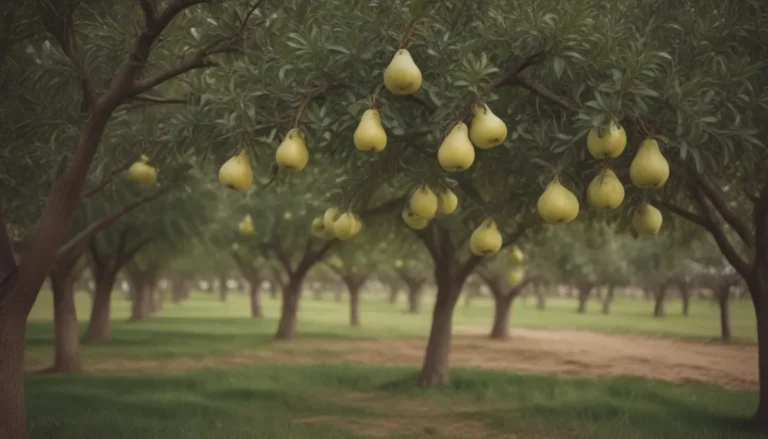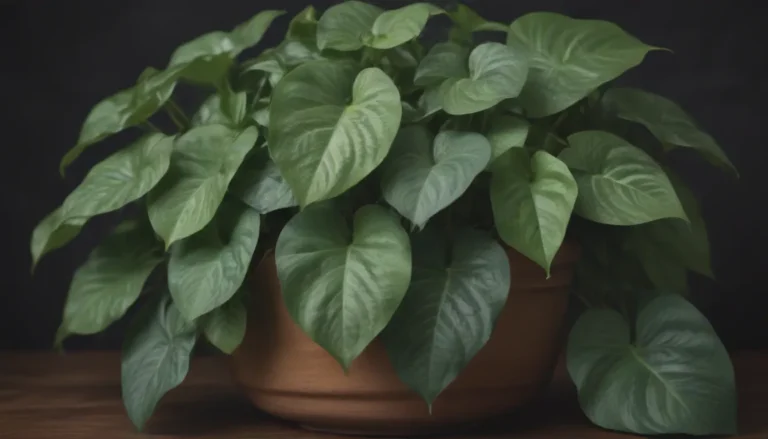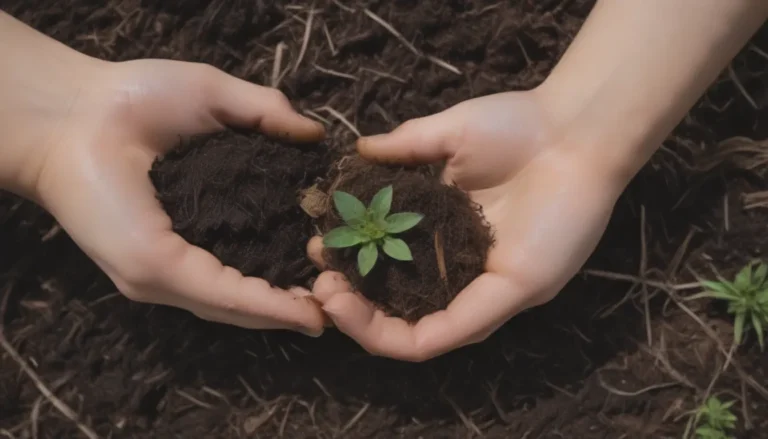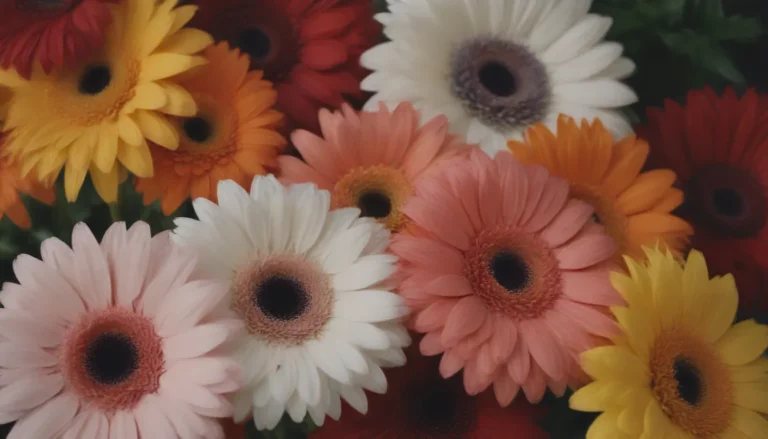Mastering the Art of Growing and Caring for Miltonia Orchids
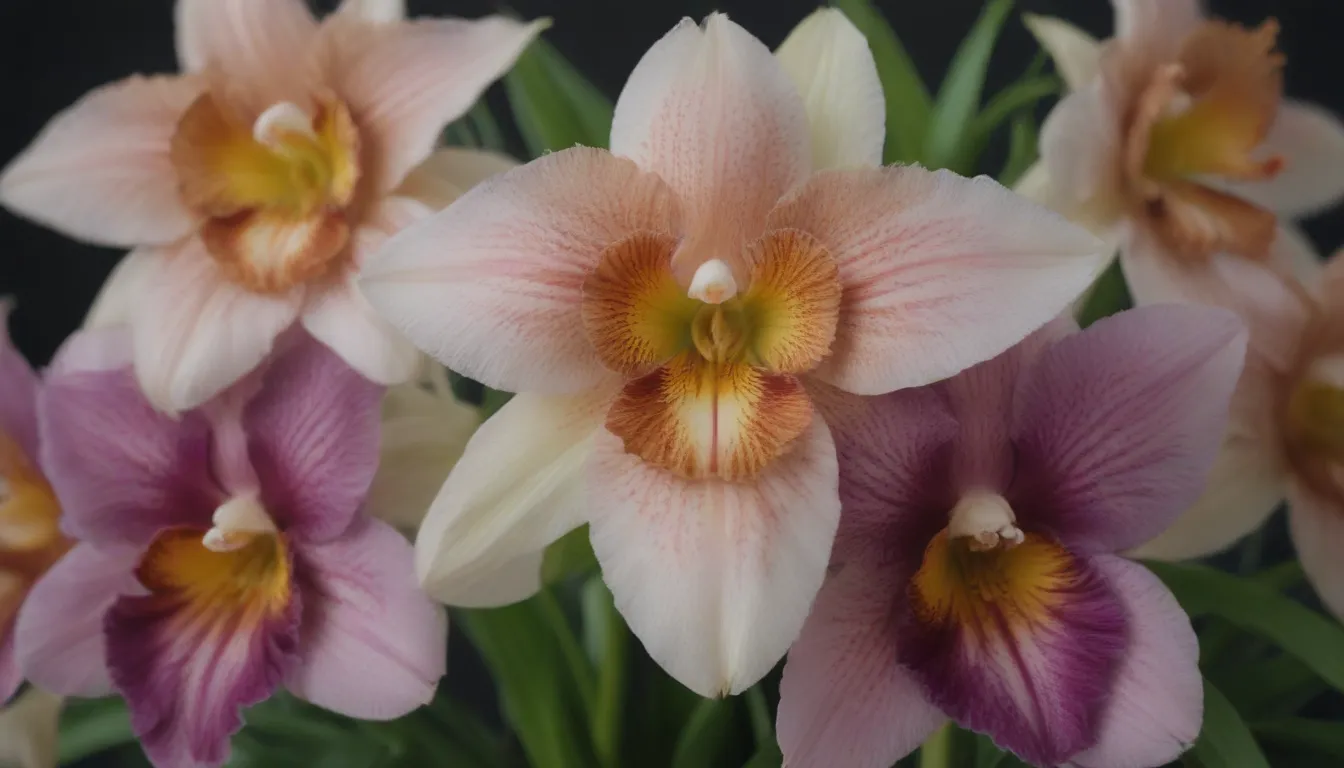
Miltonia orchids, popularly known as pansy orchids, are fascinating epiphytic plants with delicate pansy-like flowers that come in a variety of colors. These exquisite orchids belong to two distinct genera – Miltonia and Miltoniopsis, each with unique growth and flowering habits. While both require partial shade and some bright light, they thrive in cool nighttime temperatures to bloom successfully.
Miltonia Orchid Care Tips
Here are some essential care guidelines to help you nurture and grow your Miltonia orchids, keeping in mind the subtle differences between Miltonia and Miltoniopsis:
Light
- Place your Miltonia orchids in partial shade with just an hour or two of filtered sunlight each day.
- Avoid exposing them to direct sunlight for extended periods to prevent sunburn.
- A north-facing window or a spot within 2 feet from it is ideal for optimal growth.
Soil
- Orchids are epiphytic plants that don’t grow in soil. Instead, pot them using a suitable medium such as a mixture of small fir bark, sphagnum moss, and pebbles.
- Ensure the growing medium provides adequate drainage for your orchids to thrive.
Water
- Allow the medium for Miltonia orchids to dry out before watering thoroughly.
- In contrast, Miltoniopsis prefer a consistently moist, but not wet, medium.
- Water your orchids in the morning to allow them to dry out before nightfall.
Temperature and Humidity
- Maintain cool nighttime temperatures between 55 to 60 degrees for thriving Miltonia orchids.
- Ensure daytime temperatures stay below 80 degrees for Miltonia, while Miltoniopsis prefers around 70 degrees.
- Keep humidity levels between 50 to 70 percent, with 60 to 70 percent being ideal for healthy growth.
Fertilizer
- Feed your Miltonia orchids once a month during peak growing and flowering periods, but skip fertilizing in winter months.
- Opt for orchid-specific fertilizer products and flush the growing medium with water if using it on Miltoniopsis.
Types of Miltonia Orchids
Miltonia blooms exhibit intricate patterns and come in various shades, with Miltoniopsis showcasing striking red, green, white, yellow, and brown colors. Some key species include Miltonia clowesii, Miltonia spectabilis, Miltoniopsis ruezlii, and Miltoniopsis vexillaria.
Propagating Miltonia Orchids
While orchids can be grown from seeds, propagation through cuttings is a more practical method for the home gardener. Propagate your orchids at the end of the bloom period for best results, using a sharp, sterile knife and a well-draining pot with suitable medium mix.
Potting and Repotting Miltonia Orchids
Proper potting is crucial for the health of your Miltonia orchids, ensuring superior drainage and good air circulation. Select clay pots or orchid pots with ample drainage openings for optimal growth. Repot your orchids annually and replace the growing medium every two years to maintain their health.
Common Pests & Plant Diseases
Miltonia orchids are generally resilient to common pests, but remain vigilant for signs of viruses, bacterial infections, and fungal problems. Treat infestations promptly with neem oil and take necessary precautions to prevent the spread of infections.
How to Get Miltonia Orchids to Bloom
Encouraging your Miltonia orchids to bloom requires understanding their habitat, maintaining a consistent care schedule, and providing suitable environmental conditions. Learn about your orchid’s specific needs and adjust your care routine accordingly to promote blooming.
Common Problems With Miltonia Orchids
Be alert for common issues such as yellowing leaves, black or brown spots, and limp growth, which may indicate maintenance errors. Address these problems promptly by adjusting light exposure, watering practices, and overall care regime to ensure the health and vitality of your orchids.
Whether you’re a seasoned orchid enthusiast or a novice gardener, mastering the art of growing and caring for Miltonia orchids can be a rewarding experience. By following these tips and guidelines, you can create a nurturing environment for your orchids to flourish and bloom beautifully. Embrace the unique charm of these stunning plants and enjoy the journey of cultivating your very own orchid oasis at home. Happy growing!
